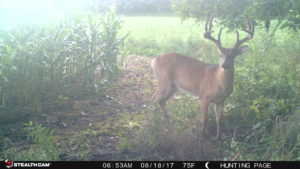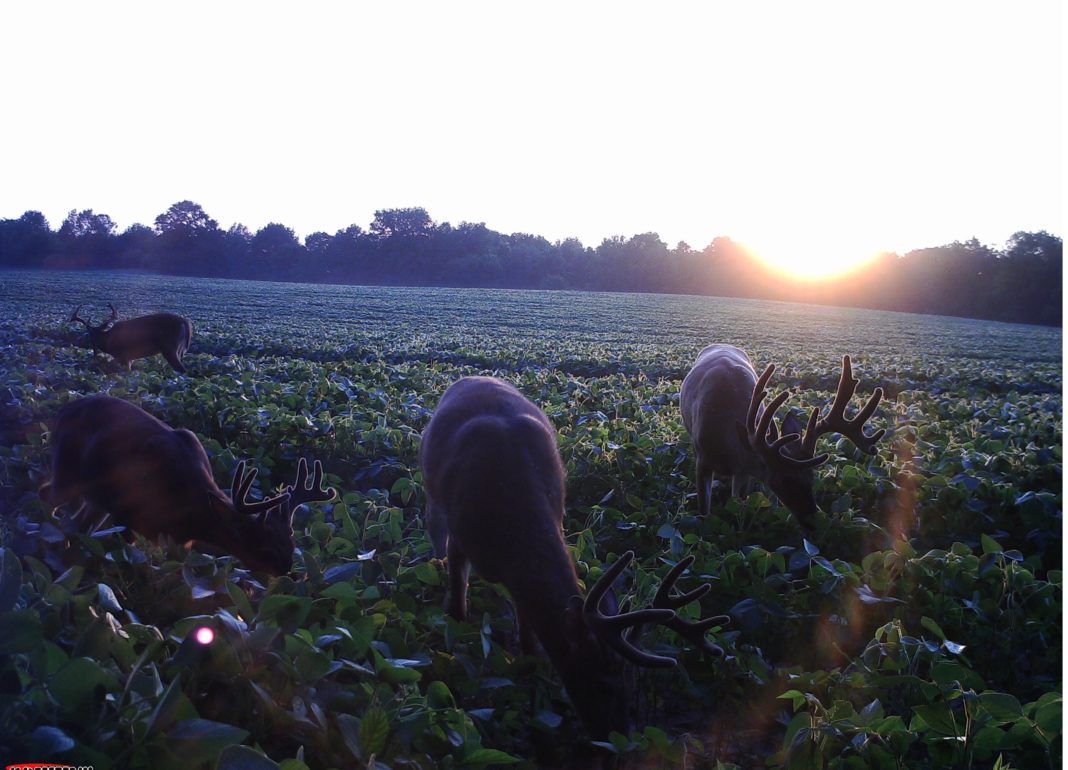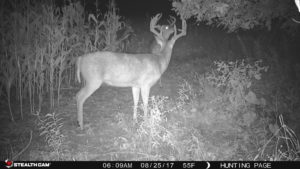Trail cameras have become an essential scouting tool for whitetail hunters targeting a specific buck. Like any tool in the whitetail hunter’s arsenal, trail cameras need to be utilized properly to get the best results. Pictures will provide you with good information, and give you a 50/50 chance at getting a crack at that buck you have been watching all year. Changing one setting on your trail camera can increase your odds at a shot.
Capitalize on Time Lapse and Video Modes
If used properly, times lapse and video modes can be invaluable. Setting your trail cameras to these modes will give you so much more insight into how deer may enter or leave a field or how a particular buck may work the woods around your setup. Your ability to set your trail camera to time lapse to take pictures every 10-20 seconds over the first and last few hours of daylight will give you the most recent information you will need. Limiting time lapse to certain windows of the day will increase battery life for weeks rather than days. After you have scouted with time lapse for a few weeks, review the photos and determine the exact routes the deer are using entering and leaving a field, food plot or hardwoods setup. Then you can set up either a cellular trail camera or run those cameras on video mode to get clips of specific bucks you are targeting.
Whitetail Database
Before your cameras even hit the woods for the first time, it is important to set goals and make a decision as to what bucks you are trying to set your sights on and their seasonal habits. It is important to understand that trail cameras can create enormous amounts of data (thousands of images or video) in a short amount of time that can be used on a full court press on a specific buck. Here are some playbook markers:
- Keeping a log of trail camera photos of specific bucks and correlate them to specific weather, wind direction, and time of year will give you a detailed whitetail map to how that buck works the area you hunt on certain weather patterns and wind directions.
- Mount cameras high; by mounting your trail cameras a few feet higher than normal and then angling the camera down, you will reduce the chance of the deer locating the origin of the camera flash or any noise the camera may make. Six to seven feet seems to have the best results. Also, trespassers looking to swipe your trail camera will not notice them and most likely pass by your camera.
- Hunting apps and Google Earth are amazing and powerful tools for your scouting arsenal. Combine that with your knowledge of the terrain and you have a very powerful scouting tool. You can also map entrance and exit routes to and from stand and camera sites to reduce intrusion.
- Building a hit list; use your trail cameras on video or time-lapse mode over a period of months to get an idea of mature bucks on your property and how they are using your property. There is no better insight than from a trail camera video or time-lapse footage to see how deer enter and leave a field or a hardwood setup.
- Make sure to have scent control. Even when checking trail cameras, pay close attention to the wind direction. You still need to practice the scent control methods like wearing rubber boots and gloves and using an odor-eliminating spray when checking your cameras. Also, your approach to and from your camera should be mapped out as not to interfere with any deer movement.
- There are multiple advantages to using trail cameras and even more advantages to using the new cellular cameras. Intrusion is eliminated and information arrives at your fingertips. Also, multiple areas can be monitored and at the same time leaving you with the MRI needed to make a move on that buck you have targeted.
For more on this topic, check out our article on Backdating Big Buck Trail Camera Photos.



















![The Best Deer Camp Chili [VIDEO] Deer Chili Ingredients, Tomatoes, Chili Spices](/wp-content/uploads/2015/10/Deer-Chili-Deer-Camp-Recipe-218x150.jpg)
![How to Call Elk Early in the Season [VIDEO]](/wp-content/uploads/2016/08/byers003-218x150.jpg)





![Idiots Disturb Hunter: How Would You Have Handled It? [VIDEO]](/wp-content/uploads/2015/10/DSC00110-e1474487693878-100x70.jpg)
![Albino Buck Shocked to Shed His Antlers [VIDEO]](/wp-content/uploads/2015/10/AlbinoDeer-100x70.jpg)